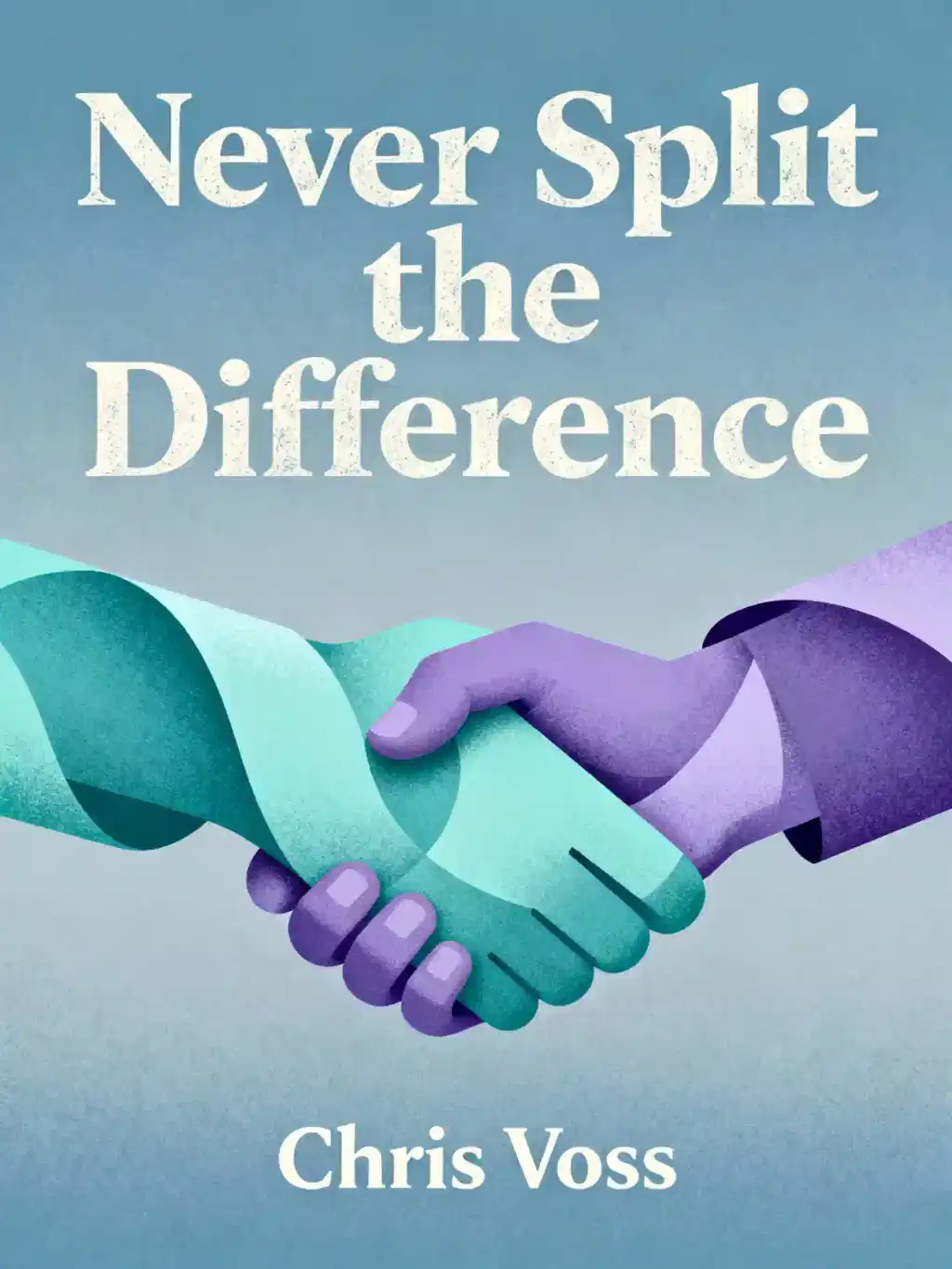What is
Negotiation Genius by Deepak Malhotra about?
Negotiation Genius provides a strategic framework for mastering complex negotiations, combining research-backed tactics with real-world examples. Co-authored by Harvard professors Deepak Malhotra and Max Bazerman, it teaches how to claim value, create mutually beneficial outcomes, and avoid psychological biases that derail deals. The book emphasizes preparation, ethical practices, and adapting to challenges like multiparty negotiations or cultural differences.
Who should read
Negotiation Genius?
Professionals in business, law, or sales, as well as students and anyone seeking to improve conflict-resolution skills will benefit. Its actionable strategies suit both novice negotiators and seasoned leaders managing high-stakes deals. The authors’ academic rigor and corporate advisory experience make it especially valuable for executives handling mergers, partnerships, or workplace disputes.
Is
Negotiation Genius worth reading?
Yes—it’s a Wall Street Journal bestseller and winner of the 2008 Outstanding Book Award for its balanced approach to theory and practicality. Readers gain tools like the “negotiation checklist,” tactics for overcoming ultimatums, and methods to repair fractured relationships. Over 4,000 executives and MBA students have applied its principles to career advancement and deal-making.
What are the key negotiation concepts in
Negotiation Genius?
Core ideas include:
- Value Creation: Expanding outcomes by aligning subjective priorities (e.g., trading publicity rights for cost savings).
- Psychological Preparedness: Avoiding egocentrism and emotional impulsivity through pre-commitment strategies.
- BATNA Development: Strengthening alternatives to negotiate from confidence rather than desperation.
- Ethical Influence: Using transparency and logic instead of manipulation to persuade.
How does
Negotiation Genius address common negotiation mistakes?
The book identifies pitfalls like fixed-pie bias (assuming conflicts are zero-sum) and reactive devaluation (dismissing offers based on their source). Solutions include “logrolling” (trading low-priority concessions) and conducting pre-negotiation “scenario analysis” to anticipate objections. A case study shows how reframing a $3M copyright fee as a $250 publicity opportunity resolved a 1912 campaign crisis.
What real-world examples does
Negotiation Genius use?
A landmark example involves Theodore Roosevelt’s 1912 campaign: Facing a $3M copyright fee for using a photo, his team renegotiated by highlighting the photographer’s gain in exposure, securing rights for $250. Other cases include mergers salvaged through contingency clauses and wage disputes resolved via phased raises tied to performance metrics.
How does
Negotiation Genius compare to
Getting to Yes?
While Getting to Yes pioneered interest-based negotiation, Negotiation Genius adds tactical depth with tools like the “2×2 Matrix” for evaluating deal terms and strategies for hostile counterparts. It also addresses modern complexities like virtual negotiations and cross-cultural dynamics, making it a more updated guide for globalized industries.
What psychological strategies does
Negotiation Genius recommend?
The authors advocate Ulysses pacts—pre-commitments to avoid impulsive decisions, akin to tying oneself to a mast to resist temptation. They also teach “contingent contracts” to align incentives (e.g., tying bonuses to measurable outcomes) and “multiple equivalent offers” to reveal the counterpart’s priorities without direct interrogation.
How does
Negotiation Genius handle ethical dilemmas?
It rejects manipulative tactics, advocating “principled persuasion” through data and shared goals. For example, instead of lying about competing offers, negotiators are urged to say, “My mandate limits me to X terms, but I’d like to explore options that work for both of us.” This preserves trust while maintaining leverage.
Can
Negotiation Genius help with salary or job offer negotiations?
Yes. The book’s “negotiation prep worksheet” helps users quantify their value, prioritize terms (salary vs. equity), and practice counterarguments. It also advises framing requests collaboratively—e.g., “How can we structure this to reflect my impact on team productivity?”
What are criticisms of
Negotiation Genius?
Some argue its academic tone may overwhelm casual readers, and its corporate examples lack diversity (e.g., fewer nonprofit or freelance scenarios). However, the principles remain adaptable, and the authors provide a “toolkit” approach rather than one-size-fits-all rules.
Why is
Negotiation Genius relevant in 2025?
With remote work and AI-driven deal analytics reshaping negotiations, the book’s emphasis on adaptability, emotional intelligence, and ethical problem-solving remains critical. Its frameworks help navigate hybrid negotiations, where digital communication and algorithmic bargaining require heightened strategic clarity.
For further exploration, see Malhotra’s I Moved Your Cheese (on overcoming self-limiting beliefs) or William Ury’s Getting Past No (on hostile negotiations).














